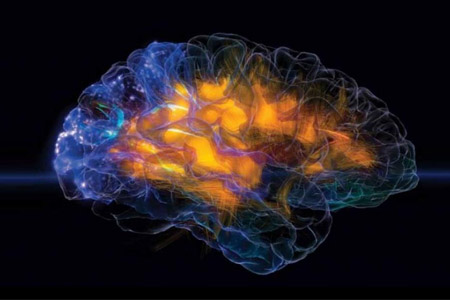Studies of motor unit composition provide a way to elucidate the rules by which an axon chooses and influences its targets. For example, adult mammalian muscle fibers are of four main "types" that vary in contractile and metabolic properties; they are called I, IIA, IIB, or IID/X, based on which myosin heavy chain gene they express. Motor units are thought to be nearly homogeneous with respect to fiber type in adults, but the data are equivocal, and it is very unclear how adult patterns arise during development. For example, axons might recognize fibers of a specific type from the outset; they might convert random fibers to a common type; or they might selectively eliminate connections with fibers on one type. Likewise, we know little about how motor units are arranged within a muscle, or how much variation there is among nerve terminals made by a single motoneuron.
To date, motor units have been mapped with a method called glycogen depletion (Edström and Kugelberg, 1968). A single motor axon is isolated and stimulated for a long period, then the muscle is sectioned and stained for glycogen; the depleted fibers are components of the stimulated motor unit. Unfortunately, this method is difficult at best, requires sectioning, and works poorly on immature muscles. Aim of this project is to analyze the properties of single motor units in transgenic mice that express fluorescent proteins.







